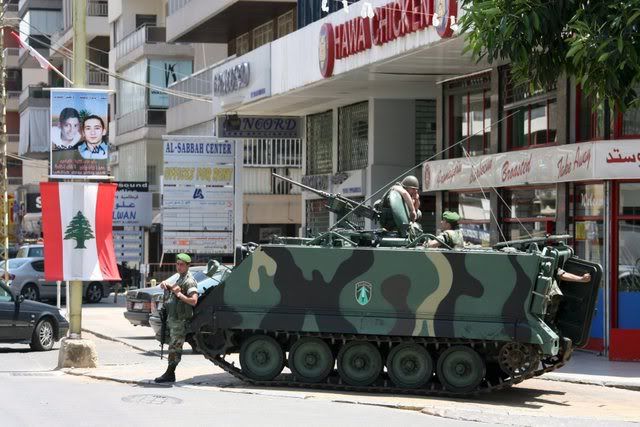Israel
- An air campaign (as currently waged by Israel) will have limited effect on underground Hamas facilities
- Israel may have the tools (i.e. bunker busting bombs), but accurate intelligence on key underground facilities (e.g. command & control sites, rocket storage areas) may be hard to come by
- The Israeli military is likely to achieve short term military objectives (stop rockets raining down on border towns) but may possibly aggravate long term security (suicide bombers, border post raids)
- So, security measures at borders will have to be stepped up, including monitoring of rocket material from other countries
- Limited land incursions (see below also) should be armour-centric, to reduce troop casualties, and should be attempted during the night to exploit Israel's technology advantage (specifically night-vision here)
- Hamas may have pre-planned procedures in place, designed to automatically kick-in if Israel attacked
- Top priority is survival. Go underground and sit tight. Activate emergency food and water resources
- Second priority will be to attempt rocket launches, if possible
- Paradoxically, this may accelerate the ending of this campaign, as this (the ability to continue launching rockets) will show the ineffectiveness of the military solution
- Israel is not likely to attempt another large-scale land invasion (e.g. Lebanon 2006) for fear of heavy casualties
- To reinforce this, limited incursions by Israel (very likely already ocurring) must be strongly countered by Hamas
- This can be assisted by encouraging local civilians to report sightings of Israeli incursions, as most Hamas forces would most likely be huddled down in underground sites, and not be able to spot the incursions
- Sadly, the military option currently being pursued will likely not resolve the lasting issue of Israel & Palestine
- Both sides have internal issues, i.e. Hamas vs Fatah, Livni vs Olmert
- The fact that the Israeli elections are approaching is very likely the reason for the Israeli offensive
- The other factor is Obama. The Israelis want to pacify the situation (and hopefully be in a better bargaining position) before President Obama "forces" both sides to sit down and talk
Note: The above points have not been thoroughly thought through (about 30 minutes of brainstorming), and include quite a bit of speculation... opswarfare will be tracking the conflict closely to see if predictions above are valid or not.
Update: 31st December 2008
The ARES blog has just reported on the use of bunker buster bombs by the Israel Air Force.
















